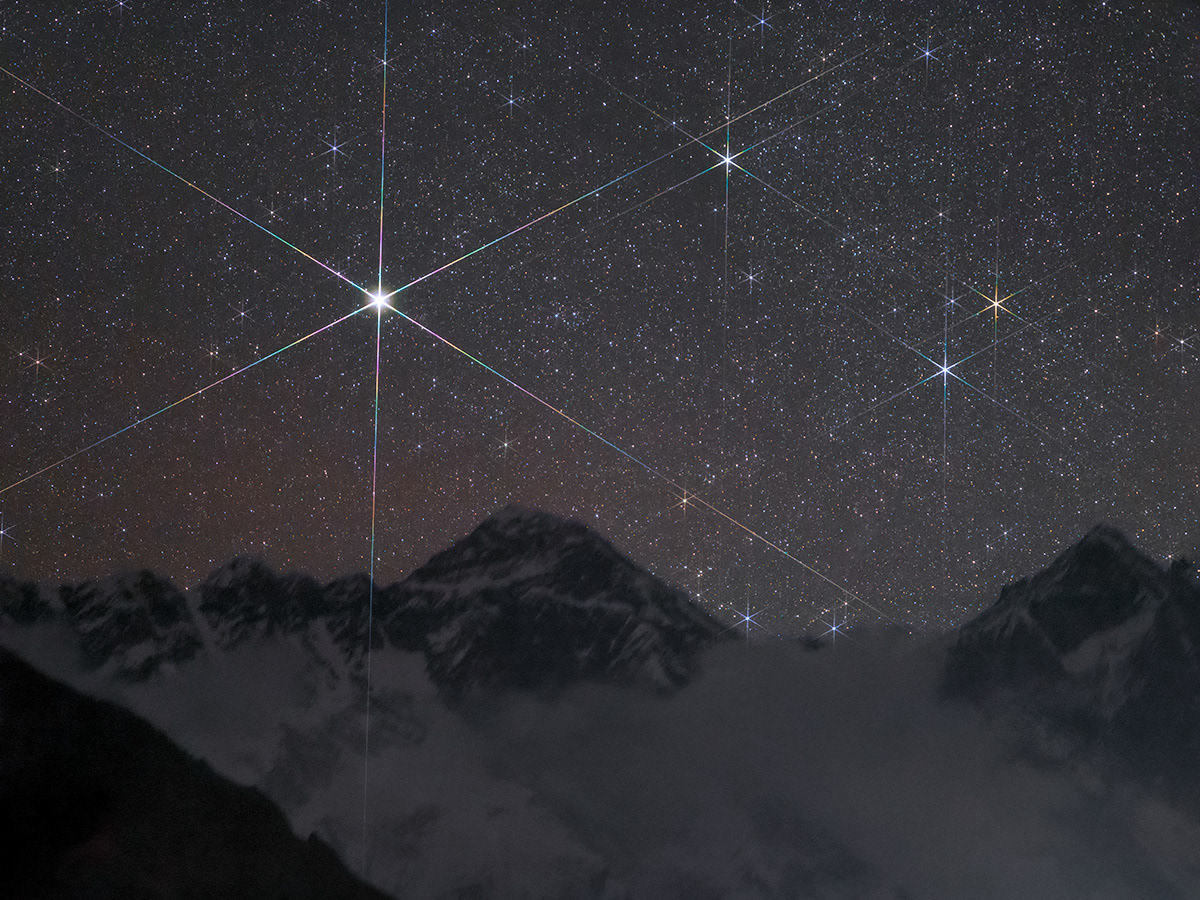
One of the units of the Four Laser Guide Star Facility for the VLT

A taste of ESPRESSO...

A GALACSI on Earth... This close-up of ESO's GALACSI instrument gives a hint of the complex optics that have gone into making it a world-class instrument.

One of the units of the Four Laser Guide Star Facility for the VLT...

GALACSI on the testbed at ESO's Headquarters

Green light for GALACSI's blue glow...

To be supplied by Teledyne Scientific & Imaging, this is one of the new generation of near-infrared detectors that will be used in the forthcoming MOONS spectrograph on ESO’s Very Large Telescope. These are the largest such detectors currently produced.

ESPRESSO in the ESO cleanroom

The huge diffraction grating at the heart of the ultra-precise ESPRESSO spectrograph — the next generation in exoplanet detection technology — is pictured undergoing testing in the cleanroom at ESO Headquarters in Garching bei München, Germany.

ESO'S GALACSI, now ready to ship to Chile later this year to begin its new life at the Very Large Telescope.

ESPRESSO in the ESO cleanroom... he huge diffraction grating at the heart of the ultra-precise ESPRESSO spectrograph — the next generation in exoplanet detection technology — is pictured in the cleanroom at ESO Headquarters in Garching bei München, Germany.

All four laser units that form the Four Laser Guide Star Facility — a core part of the Adaptive Optics Facility for ESO’s Very Large Telescope — were accepted by ESO and shipped to Chile in November 2015. This is a major step towards establishing the VLT Unit Telescope 4 as a fully adaptive telescope with much enhanced image quality. This picture shows one of the units undergoing final testing by Christophe Dupuy, Integration hall manager, shortly before it was packed for shipping.

All four laser units that form the Four Laser Guide Star Facility — a core part of the Adaptive Optics Facility for ESO’s Very Large Telescope — were accepted by ESO and shipped to Chile in November 2015. This is a major step towards establishing the VLT Unit Telescope 4 as a fully adaptive telescope with much enhanced image quality. This picture shows one of the units undergoing final testing by Christophe Dupuy, Integration hall manager, shortly before it was packed for shipping.

All four laser units that form the Four Laser Guide Star Facility — a core part of the Adaptive Optics Facility for ESO’s Very Large Telescope — were accepted by ESO and shipped to Chile in November 2015. This is a major step towards establishing the VLT Unit Telescope 4 as a fully adaptive telescope with much enhanced image quality. This picture shows one of the units undergoing final testing by Christophe Dupuy, Integration hall manager, shortly before it was packed for shipping.





















